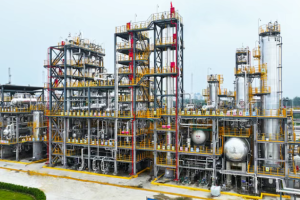December 3, 2024 – Solubility Parameter: The Key to Unlocking Polymer Compatibility in the Chemical Industry
In the realm of chemicals, the Solubility Parameter (SP) stands as a pivotal physical constant, measuring the miscibility of liquid materials. This parameter not only directly reflects the cohesive energy density of materials but also determines the compatibility between different polymers.

The essence of understanding SP lies in its ability to provide a scientific basis for the successful blending of materials. Put simply, the closer the SP values of two polymer materials, the better their blending effect. Conversely, a difference exceeding 0.5 complicates uniform blending, often necessitating the use of compatibilizers to bridge the gap. These agents reduce interfacial tension, enhancing compatibility by activating the interface.
When discussing the impact of compatibilizers on DBT solubility, the importance of formula design cannot be overstated. Selecting liquid additives requires careful consideration of their SP match with the base material to ensure uniform dispersion, crucial for enhancing overall product performance.
Calculating SP involves three primary methods. The experimental estimation method, utilizing drop weight tests, offers a rapid way to determine the SP of pure, non-volatile liquids. This method’s repeatability and accuracy improve under constant temperature conditions. Alternatively, the group contribution method estimates the SP of organic compounds based on known group contributions, eliminating the need for additional experimental data. Lastly, advancements in computer technology have introduced simulations to streamline the calculation process, enhancing efficiency.
The applications of SP are vast. In the polymer field, it predicts polymer compatibility, guiding polymer blending research. Furthermore, SP correlates with other thermodynamic parameters, playing a vital role in chemical separation and vapor-liquid equilibrium calculations. For instance, in processes like extraction and recrystallization, SP is a critical factor in solvent selection. Additionally, in the rubber, plastic, and coating industries, SP is extensively used for additive selection and product performance optimization. By matching SP values, manufacturers can choose suitable plasticizers, clarifiers, and other additives to enhance product attributes. It also aids designers in selecting appropriate packaging and construction materials, preventing issues arising from similar SP values.














